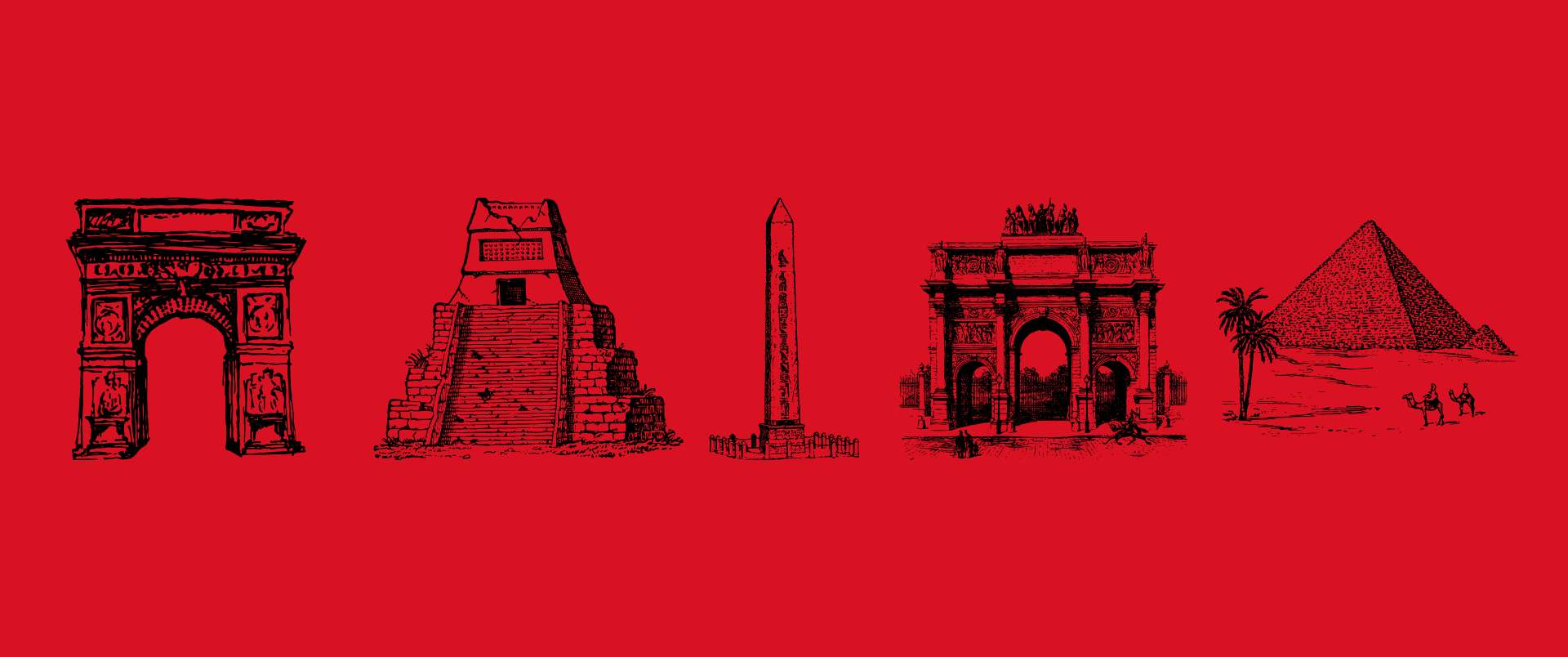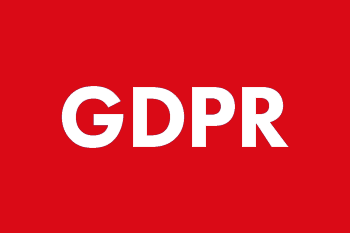I should know the answer to this question. I wrote What is native advertising anyway? for a sponsored section of theguardian.com (how appropriate) and it’s still one of the main ways people find me and Collective Content. And, of course, find out about native advertising.
Though you wouldn’t know it from the lack of a time stamp on that post, it was published several years ago, and a few things have become clearer since then. These things are really important for both the brands that buy native advertising and the publishers that make money from it. (Also, they matter for agencies like Collective Content, which sometimes make money from talking about this and creating content for third parties.)
This is the first in a series of posts about publishers and how the last few years have seen the rise of their commercial content studios, also known as labs or by a dozen other names. So let’s start on the publisher side.
Large publishers don’t just market native advertising as a better way for advertisers to reach an audience, through marketing that looks and feels like standard editorial content, and which sits in the flow of other content. They tell advertisers that this content will be so good, so effective because it is produced by teams who know their editorial product intimately – many of the writers and other creatives often having been journalists for the same organisation, for example.
So the big difference – the last few years have taught us – is that native advertising is produced by the publisher, as well as sitting with and being distributed as regular content.
Compare this to terms such as sponsored content and brand content. The former is usually created by brands themselves and used around the web. We know that because we do a lot of that creating.
Meanwhile, brand content might live on a company’s own website or standalone brand publication (more on those in coming weeks). It doesn’t have to touch traditional publishers at all.
So that’s how native is different to other types of commercial content.
How about from a brand’s point of view? This is just as important, because it is also about the promise of how native will work.
Brands spending big money on native advertising (and the good stuff rarely comes cheap) are usually buying a package. That almost certainly includes distribution targets (number of people reached – where supporting traditional ad formats to drive traffic can help), type and quality of content, and how the content is produced. By that, I mean with the involvement of both the brand and the people who do the creating.
BuzzFeed, to cite a well-known example, famously has people from brands come and sit with its in-house creators of this kind of commercial content. That’s high-touch – and part of the promise of native. Quartz too has been quite open about its process of working with advertisers and how its bespoke native units get results.
One final note: People often talk about native advertising with the likes of Facebook and Twitter. We get that, because their ads are native to these sites’ flow of updates. But this is different to native advertising from publishers.
Bottom line: native advertising isn’t the same as sponsored or brand content. Publishers and brands should be sure they’re delivering/getting value in line with this definition.
–
Follow us on Twitter – @ColContent








